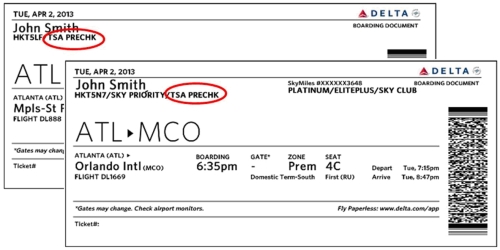Airlines compete, in part, by offering lots of origin-destination pairs. Not matter in which backwater burg you reside, they strive to get you to every equally lonely outpost. That might overstate the case, but most airlines try to offer options that connect most reasonably sized cities. Most airlines consequently favor hub-and-spoke configurations for their networks that funnel passengers from all over into a limited set of points (like Chicago and Houston) before heading back out to a range of cities.
But how should an airline arrange its flight into a hub? One option is to bunch arrivals closely together so that departures can similarly be bunched together. Call that peaked scheduling. Alternatively, the airline can have a smoother flow of planes coming in. Arrivals to a hub are spread across the morning as opposed to, say, having a large number of planes land between 9:00 and 10:00.
Peaked scheduling was used by most airlines for many years but has been on the outs for the last decade or so. Now, however, it is making a comeback (Airlines Create Rush Hours, Crowds and Full Flights, Sep 10, Wall Street Journal).
Instead of spacing flights evenly throughout the day, American in August started bunching them together. The change restores an old format of “peak” scheduling, grouping flights into busy flying times followed by lulls when gates are nearly empty. After Miami International, American next year will “re-peak” schedules at its largest hubs in Chicago and Dallas-Fort Worth. …
In Miami on a typical weekday, 42 flights depart between 9 and 10 a.m. Then between 10 and 11 a.m., only a handful are scheduled to take off. The process repeats during the day with 10 “banks” of flights that fill about 45 gates at a time.
The interesting part of this is that a peaked versus non-peaked schedule is really a trade off between customer service and operating cost. (more…)
Read Full Post »


